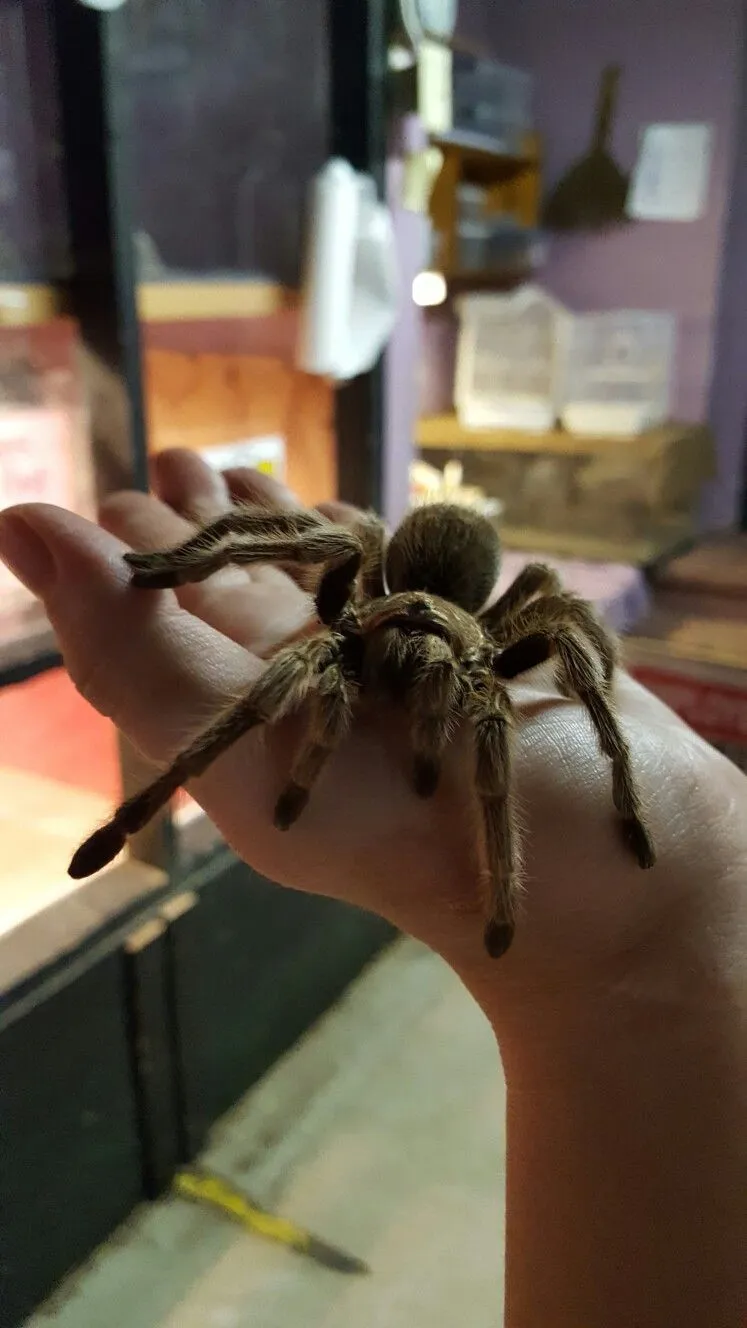Why Do Rose Hair Tarantulas Climb Glass
Rose hair tarantulas, with their gentle demeanor and captivating appearance, are popular pets. One of the most common observations among tarantula keepers is the tendency of these arachnids to climb the glass walls of their enclosures. Understanding this behavior is crucial for providing the best care and ensuring the well-being of your rose hair tarantula. Several factors contribute to why these creatures engage in this activity, ranging from environmental influences to the very nature of their physical capabilities. It is essential to consider these factors to properly address and manage the behavior, ensuring your tarantula thrives in its habitat. By understanding the motivations behind the climbing, owners can create a more suitable and enriching environment that caters to the natural instincts of their pet.
Understanding Rose Hair Tarantula Behavior
Rose hair tarantulas are crepuscular, meaning they are most active during dawn and dusk. This activity pattern can influence their climbing behavior as they explore their surroundings more actively during these times. Additionally, tarantulas use their sense of touch extensively, which includes detecting vibrations in their environment. Climbing on glass may be a means of exploring their surroundings, as the smooth surface transmits vibrations differently from other surfaces. Understanding these fundamental behavioral traits is key to understanding why they might climb. Moreover, factors like stress, perceived threats, and the quest for food can also contribute to their climbing tendencies. Keeping these aspects in mind can lead to better insights into your tarantula’s actions and assist in preventing unnecessary stress, allowing them to feel secure and at home.
Temperature and Humidity Influences
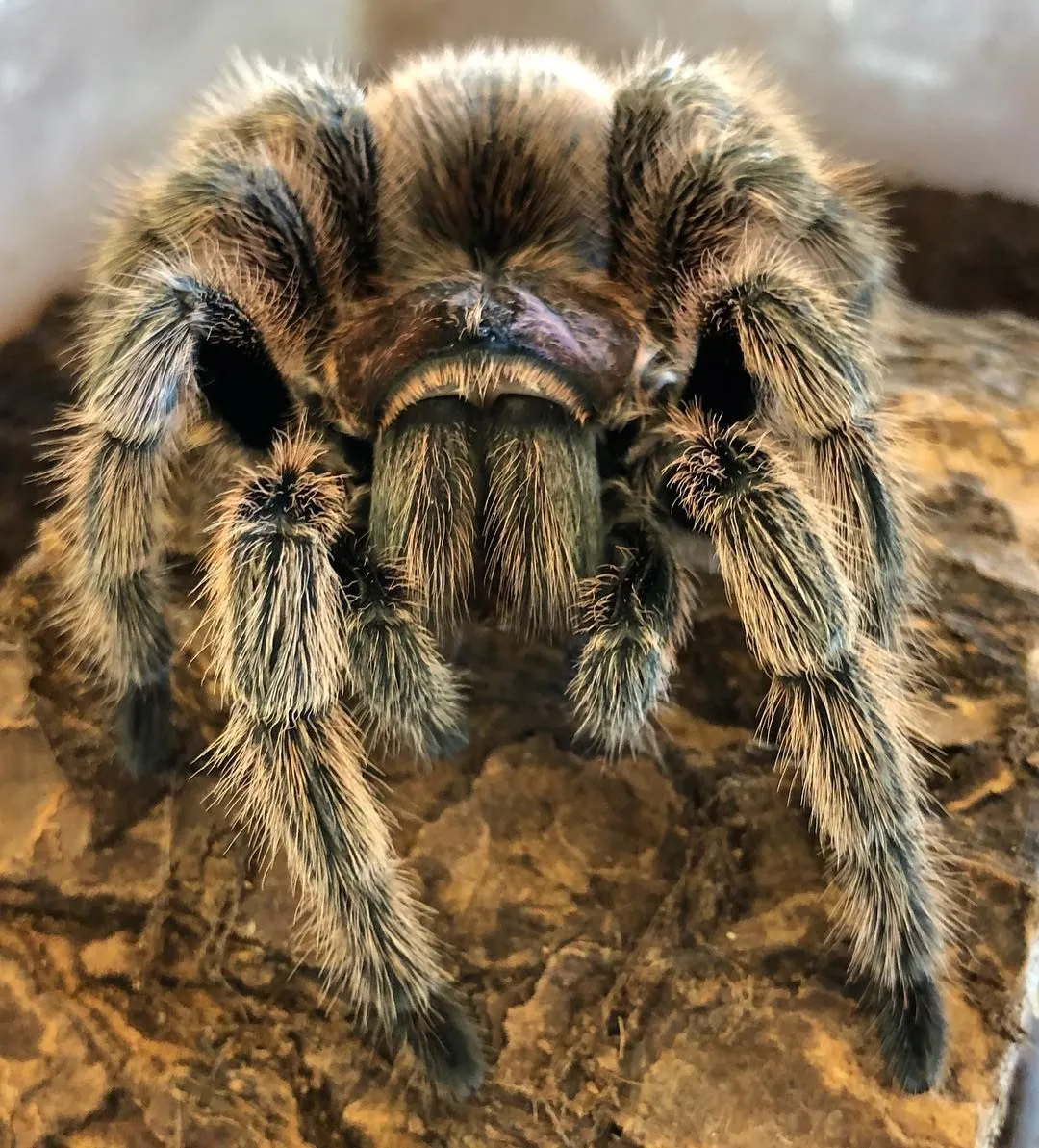
Environmental conditions significantly impact rose hair tarantula behavior, including their climbing habits. Temperature and humidity are crucial factors in maintaining the health and comfort of these arachnids. If the enclosure is too warm, the tarantula might climb in an attempt to escape the heat. Similarly, inadequate humidity levels can lead to dehydration, prompting the tarantula to seek cooler, more humid areas, potentially by climbing the glass walls. Proper regulation of these environmental factors can often mitigate excessive climbing. Regularly monitoring and adjusting the temperature and humidity levels within the enclosure ensures that the tarantula is comfortable and less likely to exhibit climbing behavior driven by environmental stress. Ensure your habitat is well-ventilated and provides a comfortable environment for your pet to thrive.
Glass Surfaces and Traction
The physical properties of glass play a crucial role in the ability of rose hair tarantulas to climb. While glass appears smooth to the human eye, it has microscopic imperfections that, when combined with the tarantula’s specialized foot structures, allow for climbing. Tarantulas have tiny claws and setae (hair-like structures) on their feet that provide excellent traction on smooth surfaces. However, the efficiency of this grip can vary based on the cleanliness of the glass and the tarantula’s health. A clean glass surface provides better grip, and healthy tarantulas typically climb with more confidence. Owners should maintain the cleanliness of the enclosure’s glass surfaces to ensure their tarantula can navigate its habitat effectively. Also, be aware that molting can affect their grip, as the new exoskeleton is initially softer.
The Myth of Climbing for Fun
While it might seem like a tarantula is climbing simply for amusement, it’s unlikely. Their actions are generally driven by specific needs or environmental responses. Climbing is usually a response to something within their environment, such as temperature variations, humidity issues, or a perceived threat. It could also be related to the exploration of the enclosure. Therefore, while it can be interesting to observe, it’s essential to avoid anthropomorphizing the behavior of rose hair tarantulas. Instead, focus on the environmental conditions and any potential stressors that might be causing the climbing behavior. Improving the habitat and minimizing stress will help to reduce unnecessary climbing and ensure the tarantula’s well-being.
Top 5 Facts About Rose Hair Tarantulas and Glass
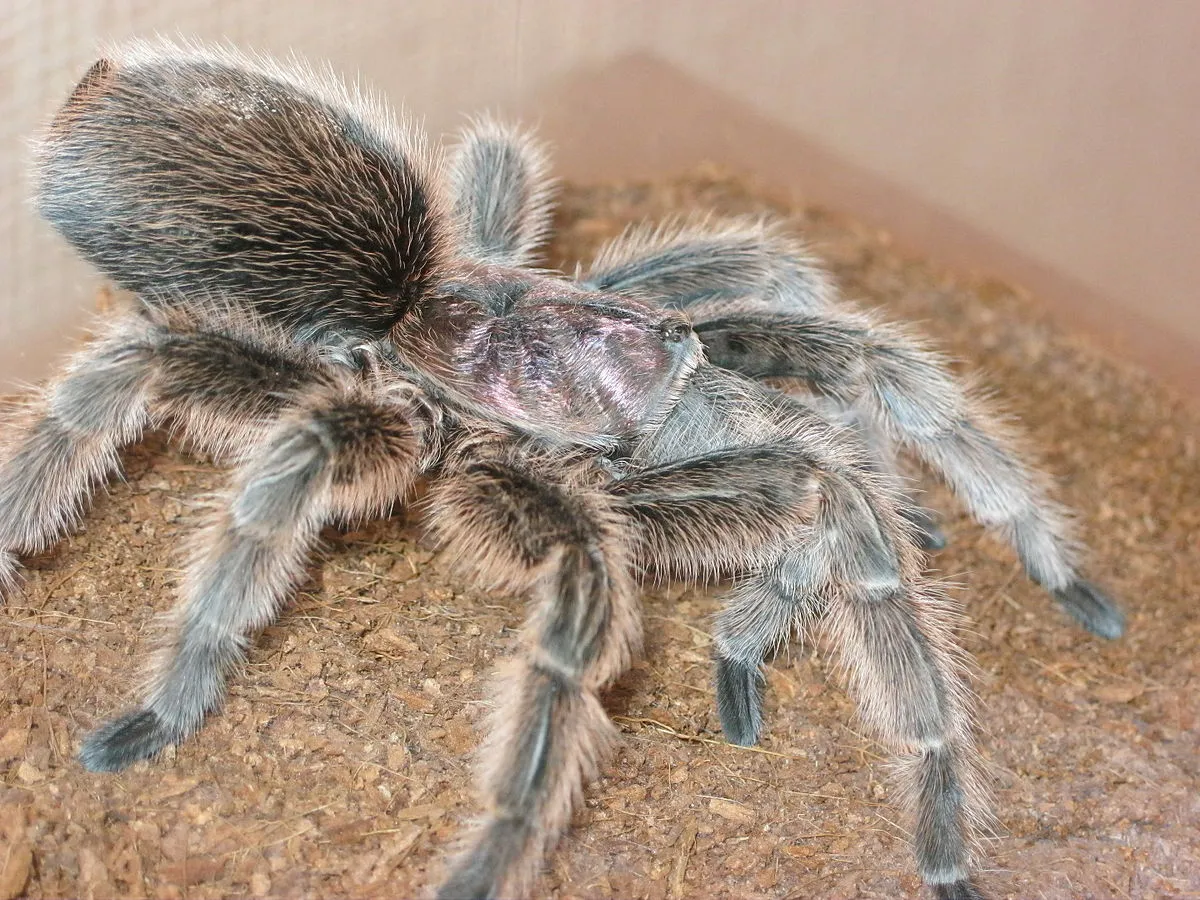
Fact 1 The Grip of the Rose Hair Tarantula
Rose hair tarantulas have specialized feet with tiny claws and setae that allow them to grip smooth surfaces, including glass. The setae provide an exceptional level of traction, enabling the tarantula to climb with relative ease. The ability to grip is influenced by the health of the tarantula and the cleanliness of the glass surface. Providing clean surfaces and a healthy environment ensures the tarantula can move around without difficulty. This unique adaptation is one of the reasons why they are able to navigate vertically, which allows them to explore their environment, escape threats, and search for food or shelter. The gripping mechanism is a marvel of natural engineering and highlights the tarantula’s remarkable adaptations.
Fact 2 The Role of Surface Area
The surface area of the glass plays a role in the tarantula’s ability to climb. Larger enclosures with more glass surface area offer more climbing opportunities. If a tarantula is stressed or exploring, it might climb more frequently in a larger habitat with increased glass area. This emphasizes the importance of designing the enclosure to meet the tarantula’s specific needs and habits, including providing enough floor space and suitable climbing aids like branches or cork bark. Appropriate habitat design can discourage excessive climbing by giving the tarantula alternative ways to explore and feel secure within its environment. Managing the surface area and habitat design also helps manage environmental factors, and providing your pet a more comfortable habitat.
Fact 3 Environmental Factors in Climbing
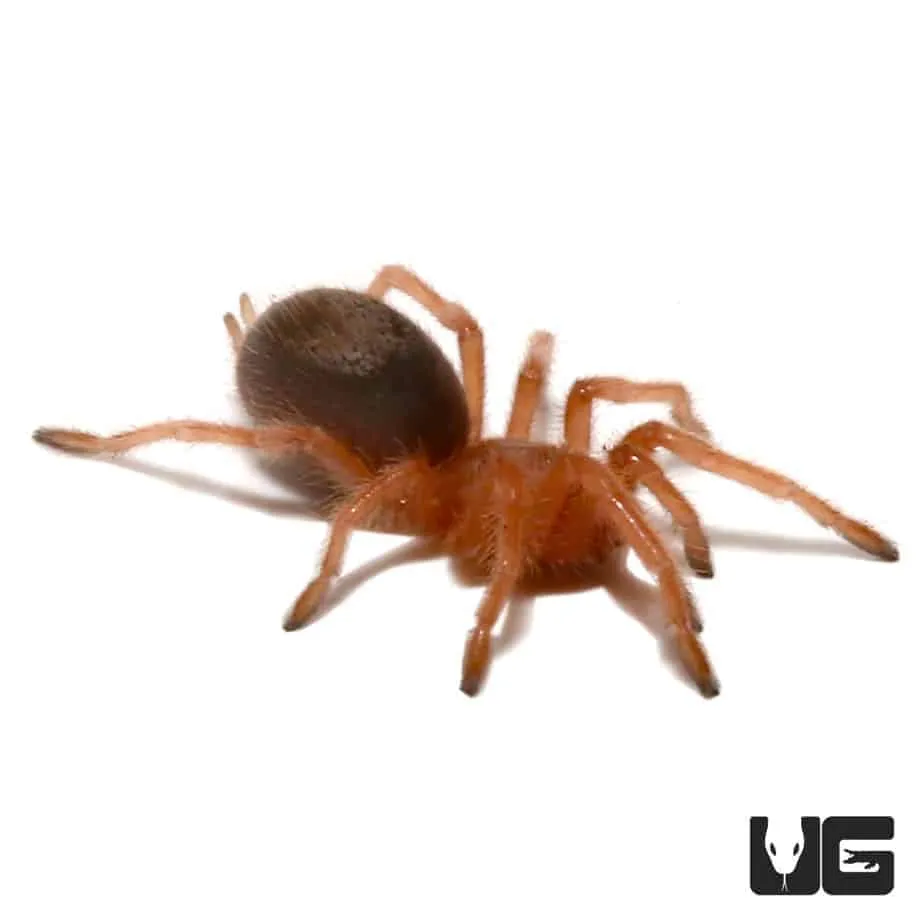
Environmental conditions such as temperature and humidity significantly impact climbing behavior. Improper temperature or humidity levels can stress the tarantula, prompting it to seek more favorable conditions. For example, if the enclosure is too hot, the tarantula might climb in search of cooler spots. Similarly, low humidity can cause the tarantula to climb the glass, potentially attempting to reach areas with higher humidity. Regular monitoring and adjustments to the enclosure’s climate are necessary to prevent these behaviors and create a healthy environment. Maintaining the correct temperature and humidity levels are crucial for the well-being of the tarantula, reducing the likelihood of stress-induced climbing.
Fact 4 Molting and Climbing
Molting is a critical process where tarantulas shed their exoskeleton to grow. During this time, the tarantula’s grip on surfaces might be reduced, potentially increasing the chances of climbing. The new exoskeleton is initially softer and less able to provide the usual grip. After molting, tarantulas need time to regain their strength and confidence. It is crucial to provide a safe, stable environment during this period to prevent any injuries. Owners should avoid disturbing the tarantula and ensure that the enclosure is free from potential hazards, such as hard surfaces or objects that could cause injury if the tarantula falls. Provide a secure area where they can safely complete the molting process and recover.
Fact 5 Safety Precautions
While rose hair tarantulas aren’t typically prone to falling, climbing on glass increases the risk of falls. A fall from a significant height can injure the tarantula, especially if it lands on a hard surface. Therefore, it’s vital to take preventive measures. Providing a suitable substrate like coconut fiber or peat moss can cushion any potential falls. Ensure that the enclosure is not placed too high and consider the enclosure’s design to minimize risks. Keeping the enclosure clean and free of obstacles can also help. Owners should be aware of the environment to minimize any risks of injury from climbing, offering them a safe and secure habitat.
How to Manage Climbing Behavior
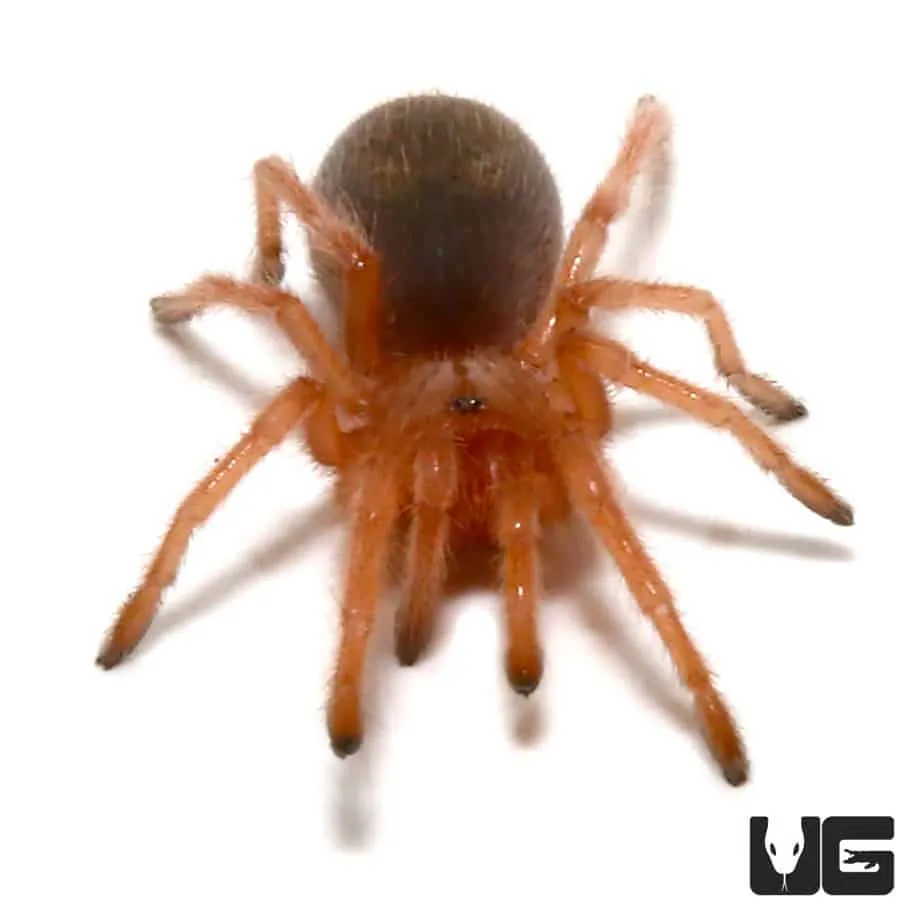
Providing a Suitable Habitat
Creating a suitable habitat is key to minimizing excessive climbing. The enclosure should be appropriately sized, providing enough floor space for the tarantula to move around comfortably. Include a variety of enrichment items, such as hides, climbing branches, or cork bark, to provide alternative exploration options. The substrate should be appropriate for the tarantula’s needs, providing a safe and comfortable surface. By ensuring the environment meets the tarantula’s requirements, they may feel more secure and less inclined to climb the glass walls. Providing a well-designed habitat minimizes stress and promotes the overall well-being of your pet.
Enclosure Size and Design
The size and design of the enclosure play a significant role in the climbing behavior. An enclosure that is too small can restrict the tarantula’s movement and cause stress, potentially leading to more climbing. A larger enclosure, providing ample space, helps reduce stress and offers opportunities for natural behaviors. Moreover, the design of the enclosure should consider the tarantula’s climbing preferences. Adding climbing aids like branches, cork bark, or artificial plants will give the tarantula other options for exploration, reducing the need to climb glass. The goal is to provide an engaging environment that meets the tarantula’s physical and psychological needs, which, in turn, encourages a healthier lifestyle.
Substrate and Climbing Aids
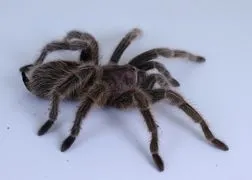
The choice of substrate and the inclusion of climbing aids can influence climbing behavior. Using a substrate like coconut fiber or peat moss helps create a more natural environment. The substrate should be deep enough to allow the tarantula to burrow if it desires. Climbing aids, such as branches or cork bark, offer alternative surfaces for climbing and exploring, providing enrichment that reduces the need to climb the glass. Arranging these aids thoughtfully will help the tarantula feel secure and stimulated. This setup offers a more enriching and engaging environment, meeting the tarantula’s instinctive behaviors and ensuring a healthy lifestyle.
Monitoring and Observation
Regular monitoring and observation of your rose hair tarantula’s behavior are critical. Note the frequency of climbing, the time of day it occurs, and any other associated behaviors. This information can provide insights into the underlying causes of the climbing. For example, if the tarantula climbs more often at night, it may be exploring or seeking a more comfortable environment. Consistent monitoring allows owners to identify and address any environmental or behavioral issues. By observing your tarantula, you can make informed adjustments to its habitat, providing optimal conditions for its well-being. Maintaining a journal of observations can also help to track any changes in behavior over time, helping you recognize and manage potential issues.
